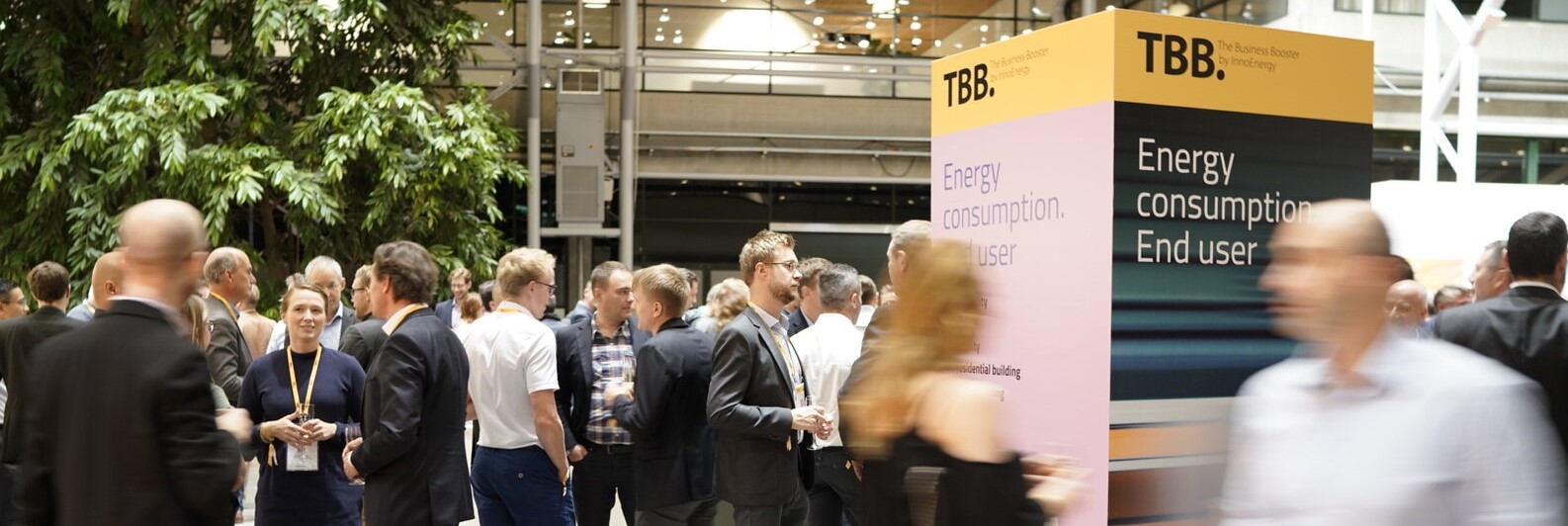Our graduate, Jacob Dalton, making an impact with Forbes recognised smart-charging start-up!

EIT InnoEnergy Master School alumnus Jacob Dalton examined a truly innovative idea for his master’s thesis. He wanted to show how average households (with electric vehicles) could pool together and create a Virtual Power Plant (VPP) that could turn on/off in an orchestrated manner, to help stabilise the electricity grid. The implications of such a customer-centric solution towards an optimised, decentralised and sustainable energy system were so fresh and different from the status quo – that it caught the eye of the progressive digital energy company Tibber. After having Jacob write the thesis for them, they hired him in 2018 to help make this exciting idea a reality!
Utilising existing resources
Jacob shares where his idea came from: ‘The Master’s in Environomical Pathways for Sustainable Energy Systems (SELECT) programme trained us to have a “systems thinking” approach, examining broader implications like social and economic ones that go beyond the technical realm. I chose to dive into the domain of “demand response”. We have ever-increasing intermittent renewable energy that we cannot control (sun, wind, etc.) meaning the need to maintain a secure electricity grid (where supply must always = demand) is increasingly difficult. Therefore, we must control the production (supply) side and the consumption (demand) side. The thesis examined utilising household EVs to help balance the grid – a key piece of the puzzle towards a 100% renewable grid.”
From idea to reality
The Tibber founders had long held similar ideas and so ‘the call’ was inevitable: “Okay Jacob, great work on the thesis, we really like it. Now execute and make it a reality”. Now after two years of development, Tibber was recently approved by the Swedish National grid Svenska kraftnät to provide primary frequency reserve (FCR-N) with a pool of aggregated electric vehicles. This represents the first time in Europe (and possibly in the world) that household EV owners will be playing a role in the primary reserve market at scale, stabilising the grid and helping to keep the lights on. Not as part of a pilot or a demonstration project, but in the real market – and the groundwork comes directly from his thesis! To top things off, Forbes magazine has just run an article regarding their technology here.
Hard work pays off
Jacob says, “This is all incredibly exciting for me, and I understand how insanely fortunate I am to have written up a concept in theory and now had the opportunity to implement it into practice. They’ve put an immense amount of faith in my thesis work and myself to deliver. I’m forever grateful for the Tibber founders putting their faith in me – and this milestone news of finally being approved by Svenska Kraftnat has been a wonderful validation.” Jacob’s thesis supervisor at KTH, Lars Herre, shared his thoughts: “This has been a great success story that started at KTH as a MSc Thesis, was presented in the e-Mobility Integration workshop at KTH in 2018, won the best paper award in PowerTech Milano in 2019, and is finally implemented by Tibber in 2020. I have never seen research implemented in reality in such a short time span.”
A societal shift
Tibber, originally coming out of the Nordics, has recently launched in mainland Europe; first in Germany and then expanding into other countries. Jacob shares, “A milestone like this proves that we can technically overcome the challenges we face; but, it also needs a societal shift, a social movement – and the atmosphere in Europe is perfect for this. The myth that we can never get to 100% renewable energy is essentially busted when we can extract all the value of existing resources – such as the “flexible” demand in EV charging. Tibber puts the end user at the centre of the energy revolution. In this case; instead of being a burden on the grid, their EVs are enabled to be an incredible resource helping to keep the lights on. This is a win-win-win: cheaper EV charging, more renewable energy integration, and lower cost to society!”

